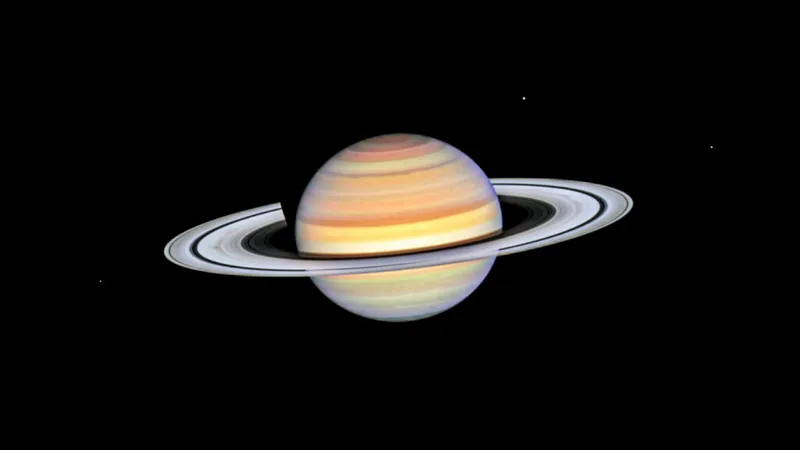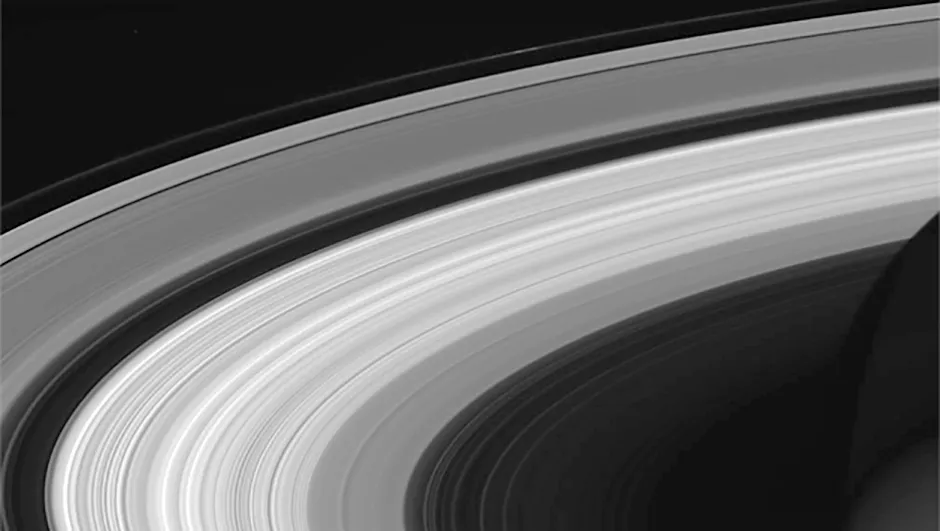J1407b is a young giant planet or brown dwarf orbiting the young sun-like star J1407. It lies 433.8 light years from Earth in the constellation Centaurus.
The exoplanet is 20 times more massive than Saturn with a complex ring system 180 million kilometres wide, making them 200 times bigger than the rings of Saturn.
Discover our pick of the weirdest, strangest exoplanets and how exoplanets are named

Discovery
Exoplanet J1407b was discovered in 2012 by astronomer Eric Mamajek, who was analysing data from the SuperWASP (Super Wide Angle Survey for Planets) project, which used the transit method to identify exoplanet candidates.
When an exoplanet passes in front of its host star it blocks some of the light coming from the star.
Usually the effect is tiny: even a planet the size of Jupiter may block just 1% of the star's light.
This is what makes J1407b out of the ordinary. It blocked 95% of the light from the star.
Studying the data from SuperWASP, Mamajek saw that J1407 was a young star, approximately 16 million years old, as its rotation was just 3.2 days (our, older, sun takes 25 days to complete one rotation).
Then, for two months in 2007, it did something very strange.
The star very quickly faded, then brightened again, then faded away for a week before reversing the pattern.
In just one night during this period, the light from the star dropped by half!
The only rational explanation was that a complex and very large ring system was passing between the star and the SuperWASP telescopes on Earth.
The rapid fading and dimming of the star gave the speed and size of the rings.
Rapid changes in the light curve, lasting just tens of minutes, revealed the fine structures within the ring system.

J1407b's ring facts
J1407b is the first exoplanet with a ring system to be discovered. Its orbital period is around ten years.
The rings are as large as the orbit of Venus around our Sun and are very complex.
They contain about one Earth mass of material and cover over 40,000 times the area of Saturn's rings.
Cleared gaps within the rings suggest that exomoons are forming and it is thought the rings will thin over time as this process continues.
One prominent gap hints at one large exomoon with a mass of 80% of the total mass of the rings, making it larger than any moon in our Solar system.
Computer simulations have shown that, if the rings orbit in the same direction as the planet (prograde) they would be torn apart by the gravitational pull of the star.
If their orbit is retrograde, they would survive, as the particles within the rings would never be close enough to the star for long enough to be affected.

See J1407 for yourself
The star J1407 can be seen from Earth with a small telescope.
At some point in the next ten years, the rings will transit the star again and amateur astronomers are asked to keep monitoring the system to gain as much information about this Super Saturn as possible when the time comes.
